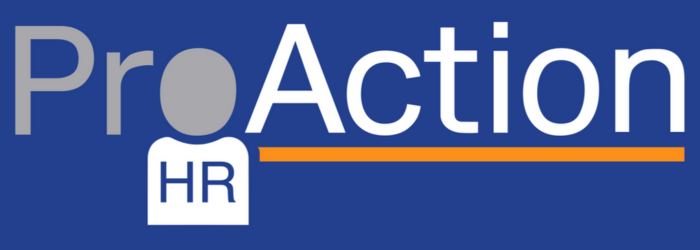HR Trends for 2023 Part 1
In our annual review of the HR industry, the team at ProAction HR have identified what we believe to be the eight key HR trends for 2023.
Taking these on board will allow you to engage with your people and successfully retain and recruit in a year that will remain a very candidate-driven market.
In a nutshell:
• The war for talent will continue for the next few years not months.
• With remote working embraced by many, new skills are needed to manage a disparately located workforce.
• Staff attrition will increase, so staff retention strategies need to be a priority.
• Huge upheaval in the world of work means future change management needs to be collaborative, not prescriptive.
• Recruiting and onboarding process and timescales should be fine-tuned to remain competitive.
• Compensation, benefits, and company culture must reflect the changing needs and wants of employees.
• Offering a positive employee experience is now a necessity, not a ‘nice to have’.
• Diversity, equity, and inclusion is front of mind for an increasing number of job seekers.
This is the first of a two-part feature and covers four of the eight HR Trends for 2023.
1. Candidate Shortages
As the fallout from the global pandemic recedes, it was believed that so would the war for talent, but that is not the case according to the Indeed & Glassdoor’s Hiring and Workplace Trends Report 2023.
This report identifies a range of supply dynamics continuing to create a persistent gap between employer demand and candidate availability. These include the absence of sustained immigration, and a lack of focus on attracting non workers of all ages to join or return to the workforce.
As many economies slow or fall into recession, hiring needs will decrease but with the ongoing cost-of-living crisis many employees will be looking to move to where the salaries offered are highest or overall package alleviates some of their financial pressures. Those that stay will have the leverage, if they so choose, to request higher pay, increased benefits, scheduling flexibility, and a variety of other elements which could be relevant to their role, industry, or specifically to you as their employer.
The Indeed & Glassdoor report has identified some strategies which could help to offset the candidate shortage and allow your business to thrive this year:
Tapping into groups of workers often passed over, such as those who have retired, or those with criminal records.
Doing more to accommodate workers with disabilities by adopting more flexible working policies.
More flexibility in general could also attract and retain an older (and very experienced) work force – a part time older person with a ton of knowledge and commercial acumen could add more value to your business and cost the same as a full-time person who is at a much earlier stage in their career.
Investing in AI and other tech to automate certain tasks may seem counter intuitive but these tools can boost productivity and actually help to fill gaps in your team/s.
None of these are overnight solutions so recruitment is going to become more challenging. Managing the candidate journey you offer and then the ongoing employee expectations will come to the fore, along with the need to update skills to manage hybrid and remote workers.
2. Hybrid/Remote Working
Because of the forced ‘work from home’ introduced during the pandemic, many employers discovered that remote work was a great business model for their business and their people.
The ability to be more flexible with where and when they delivered their work meant that many took the leap to change profession, company, or industry. This resulted in ‘The Great Resignation’, as people felt motivated by the wider cultural acceptance of their change in priorities and what they wanted from work. Remote working finally allowed people to re-evaluate their lifestyle and, for some, find that elusive work-life balance.
The necessity to work from home has ended, but the ability and desire to work from anywhere is now thriving. The number of job postings advertising remote work are well above pre pandemic numbers and searches for remote work roles remain extremely popular.
Worker preferences combined with talent scarcity means remote and hybrid work will become widely accepted for many jobs and is in fact suitable for about a third of all occupations. But it’s not all about employees as employers also benefit as offering remote work opens the door to more talent pools for whom commuting or working within an office environment may not be feasible.
The long-term impact is not yet clear, but already we are seeing that:
• Eliminating a commute has allowed workers with disabilities to find and maintain employment.
• There is the potential to create much more diversity in the workforce, although (remote working policies must be monitored & adjusted to ensure the inclusivity, equity, and diversity of any workforce.)
Remote/hybrid working is a win-win in aligning the health of an organisation’s bottom line while allowing your people to have a work-life balance. This could mean a much higher retention rate at a time of increasing staff attrition and scarcity of many skills.
3. Effective Leadership & Management
There is an emerging gap between traditional leadership and management models and the new ways of working that many have chosen to embrace long term in our post pandemic world. The challenge is to ensure your leaders and managers can carry out their roles effectively, no matter where their teams are located or how they deliver their work.
Treating entire teams with a one-size fits all approach will no longer engage employees and can lead to attrition if they feel they are not receiving the support, leadership, and encouragement they need to be their most productive. A more agile leadership approach can help employees become more efficient, effective, and productive.
Authenticity, empathy and adaptivity, three leadership traits that were once listed as ‘nice-to-have’ qualities, are now emerging as must haves, according to Gartner’s research on the Top Priorities for HR Leaders in 2023. This research has identified that leader and manager effectiveness is a top priority for 60% of senior HR leader respondents. It also found the socio and political turbulence, work-life balance and wide acceptance of flexible working will redefine the leader/manager and employee dynamic into a much more individual ‘high touchpoint’ experience.
4. Managing Change
According to Gartner’s Top 5 Priorities report, 53% of HR leaders identified organisational design and change management as one of those priorities, while 45% say their employees are suffering from change and uncertainty fatigue since the onset of Covid.
Back in 2016, 74% of employees were willing to change their working habits to support organisational change. By 2022 this dropped to around 38%, according to Gartner. So prioritising change management to best navigate through the current continued disruption and uncertainty is key as employee change fatigue can lead to increased staff attrition.
Again, the trend for a more human to human approach comes to the fore; one that is less prescriptive and instead focuses on a more collaborative style where employees are fully consulted and involved in any change process.
The next few years will test the boundaries and measures that businesses put in place to implement change. Planning and a well-equipped arsenal of HR tools will increase employee engagement and allow for management development, business growth and, in turn, keep staff turnover to a minimum, reducing costs and increasing employee engagement.
Part 2 of our HR Trends for 2023 will be published soon, where we look in more detail at employee experience, enhanced benefits, the candidate journey and the importance of diversity, equity, and inclusion in today’s jobs market.


